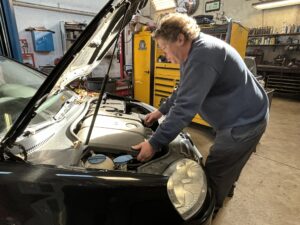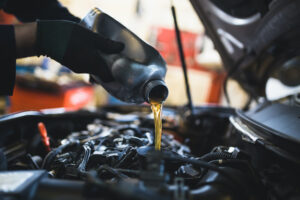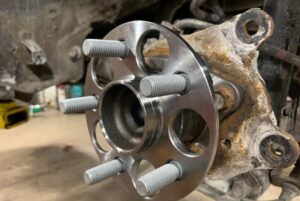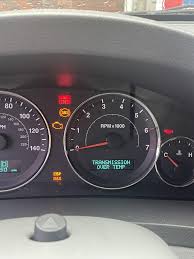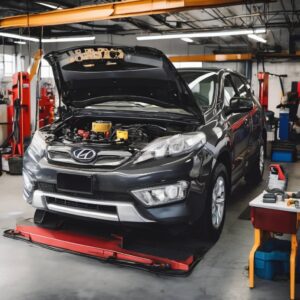Top 5 Common Car Issues in Naperville and How to Prevent Them
Living in Naperville, IL, brings the benefits of a beautiful community and convenient suburban life. However, like anywhere, car owners in Naperville face common automotive issues that can disrupt their daily routines. Understanding these issues and knowing how to prevent them can save time, money, and stress. Here are the top five common car problems in Naperville and some practical tips to avoid them.
1. Brake Issues
Problem: One of the most common car problems is brake wear and tear. Given Naperville’s variable traffic conditions, brakes are subject to frequent use, leading to wear on brake pads, rotors, and other components.
Prevention:
- Regular Inspections: Have your brakes inspected at least twice a year. Many auto repair shops in Naperville offer free brake inspections.
- Listen for Noises: Pay attention to any squeaking or grinding sounds when braking. These are early warning signs that your brakes need attention.
- Brake Fluid Check: Ensure your brake fluid is at the correct level and replace it as recommended by your vehicle’s manufacturer.
2. Battery Failures
Problem: Extreme temperatures, both hot and cold, can affect battery performance. In Naperville, winters can be harsh, and summers can be hot, leading to battery drain and failures.
Prevention:
- Regular Testing: Have your battery tested during routine maintenance checks, especially before winter and summer.
- Clean Connections: Keep the battery terminals clean and free of corrosion.
- Battery Replacement: Replace your battery every 3-5 years, depending on the manufacturer’s recommendations and your driving conditions.
3. Tire Wear and Damage
Problem: Tires are constantly in contact with the road and can suffer from wear, punctures, and improper inflation. Uneven roads and debris in Naperville can exacerbate these issues.
Prevention:
- Regular Rotation: Rotate your tires every 5,000 to 7,000 miles to ensure even wear.
- Proper Inflation: Check your tire pressure monthly and keep them inflated to the manufacturer’s recommended levels.
- Tread Check: Inspect tire tread depth regularly. Use the penny test – if you can see the top of Lincoln’s head, it’s time for new tires.
4. Engine Overheating
Problem: Engine overheating can be a significant problem, particularly during the hot Naperville summers. Low coolant levels, a faulty radiator, or a broken water pump are common culprits.
Prevention:
- Coolant Levels: Check your coolant level regularly and top it off if necessary.
- Radiator Maintenance: Have your radiator flushed and filled as recommended by your car’s manufacturer.
- Watch the Gauge: Keep an eye on your engine temperature gauge. If it starts to rise, pull over and let the engine cool down.
5. Oil Changes and Engine Maintenance
Problem: Failing to change the oil regularly can lead to serious engine problems. In Naperville, busy schedules might make it easy to overlook this essential maintenance task.
Prevention:
- Regular Oil Changes: Stick to a regular oil change schedule, typically every 3,000 to 5,000 miles, depending on your vehicle and oil type.
- Check Oil Levels: Regularly check your oil level and top it off if necessary.
- Use the Right Oil: Use the oil grade recommended by your vehicle’s manufacturer, especially during extreme temperatures.
Conclusion
By staying proactive and following these preventive measures, you can avoid the most common car issues in Naperville. Regular maintenance and paying attention to warning signs can keep your vehicle running smoothly, ensuring that you stay on the road without unexpected interruptions. Visit your local auto repair shop in Naperville for expert advice and assistance with all your car maintenance needs. Safe driving!

